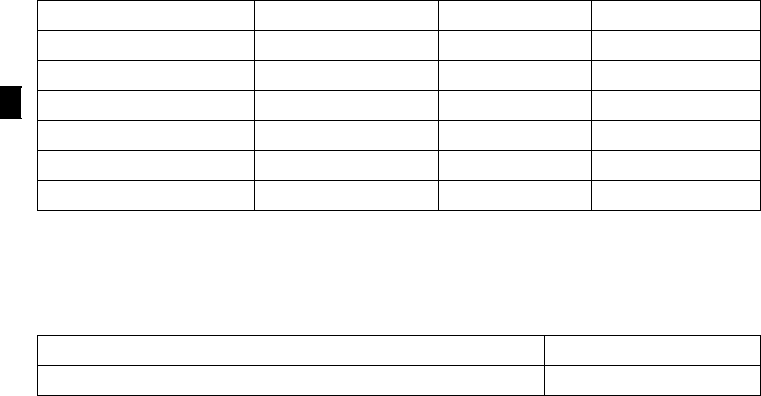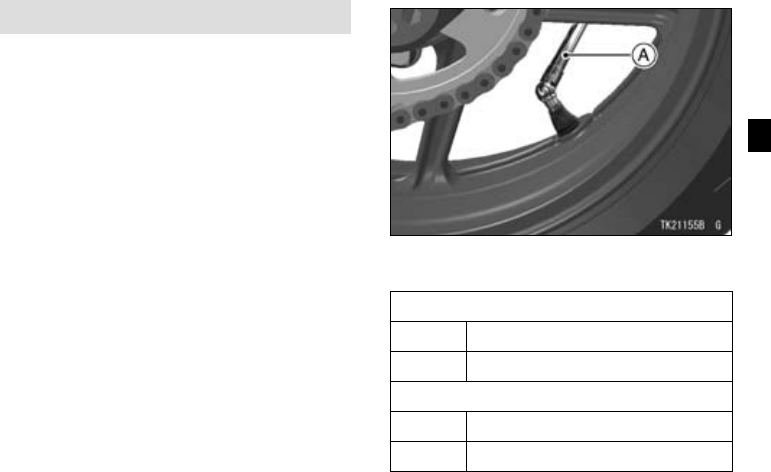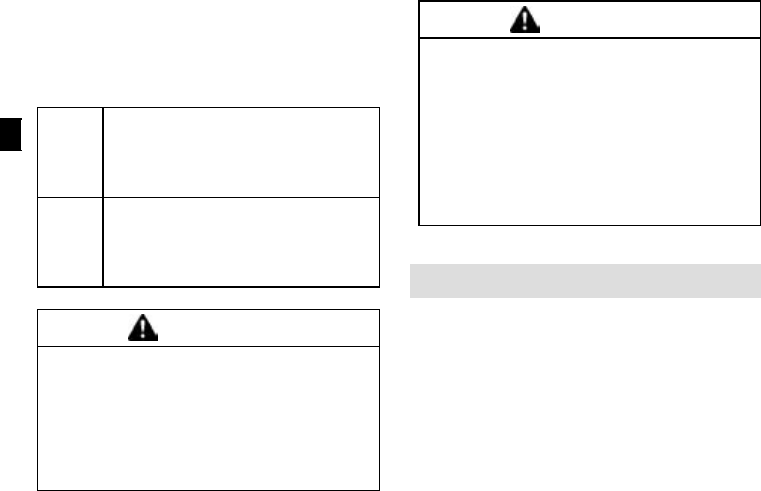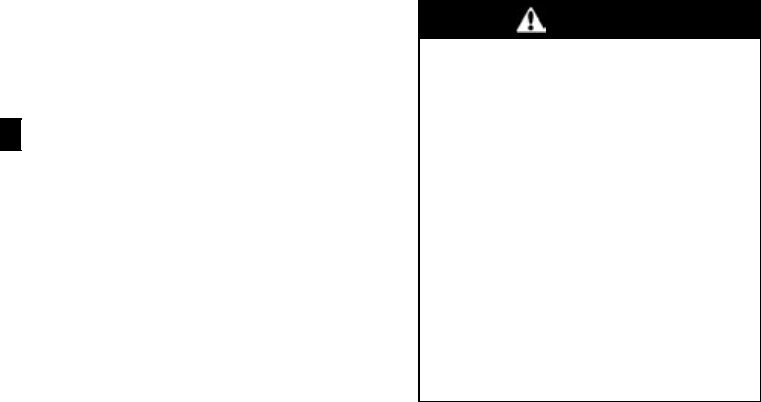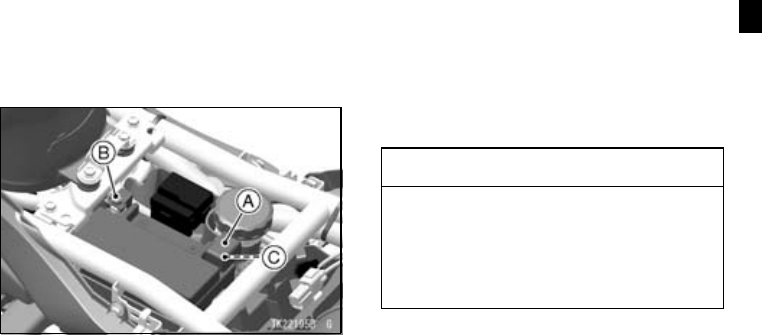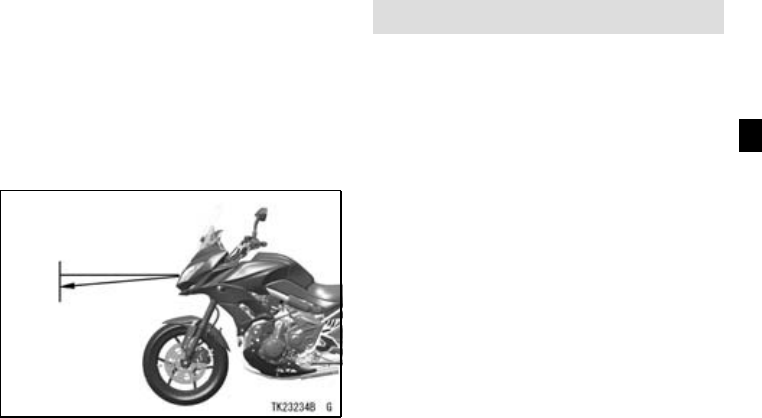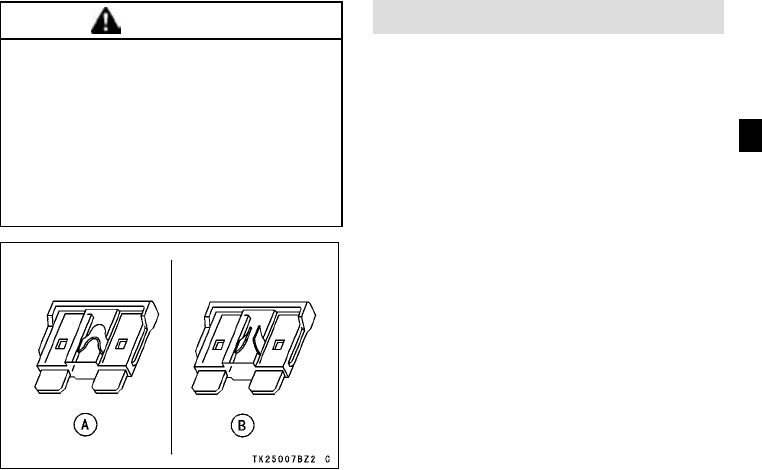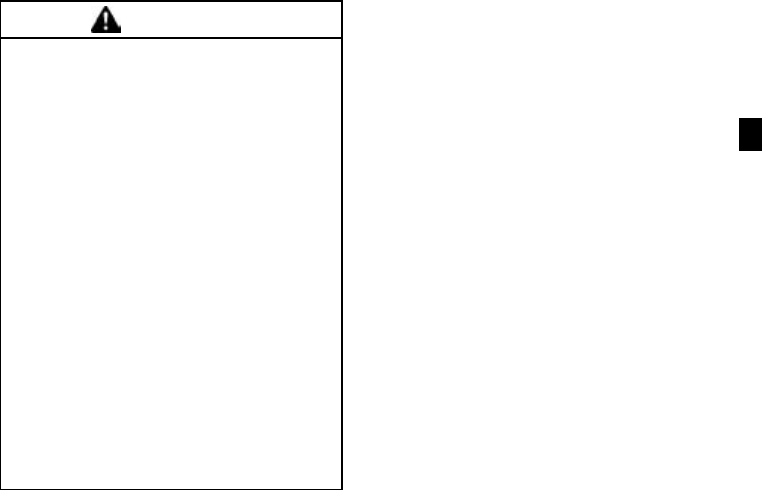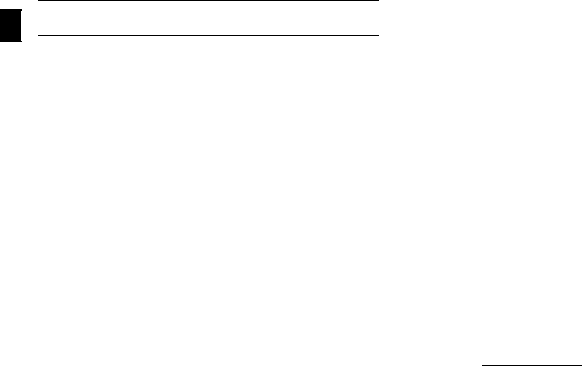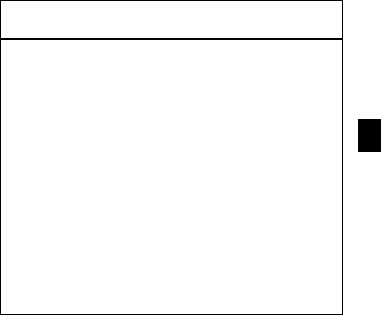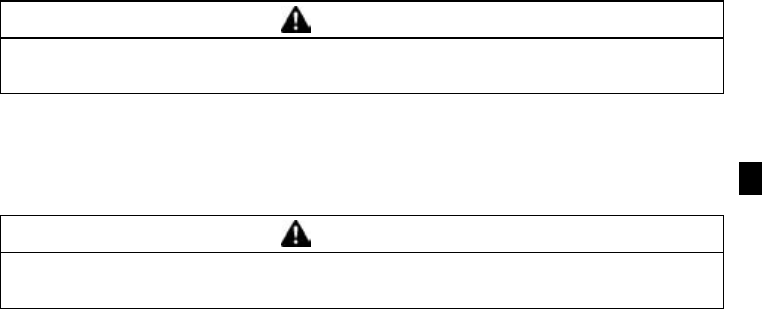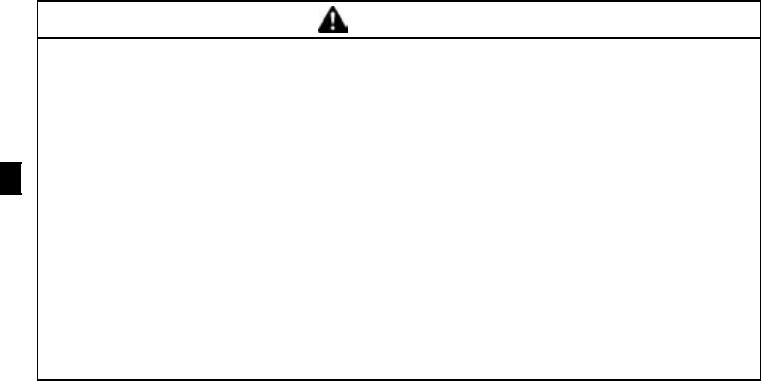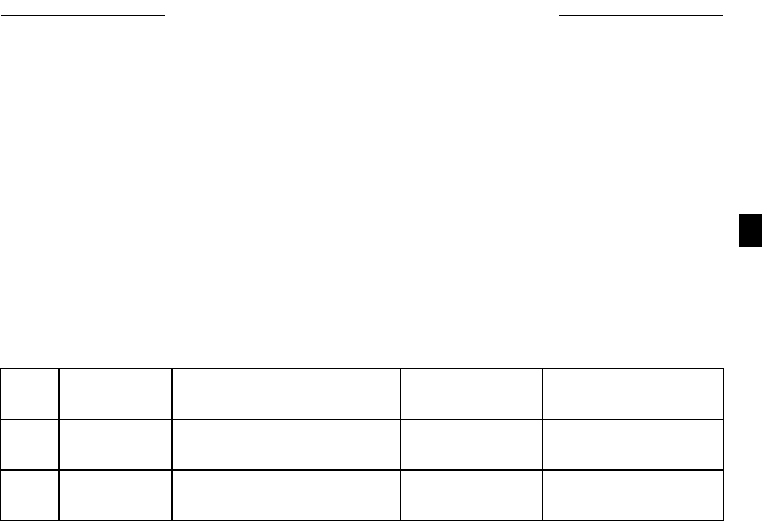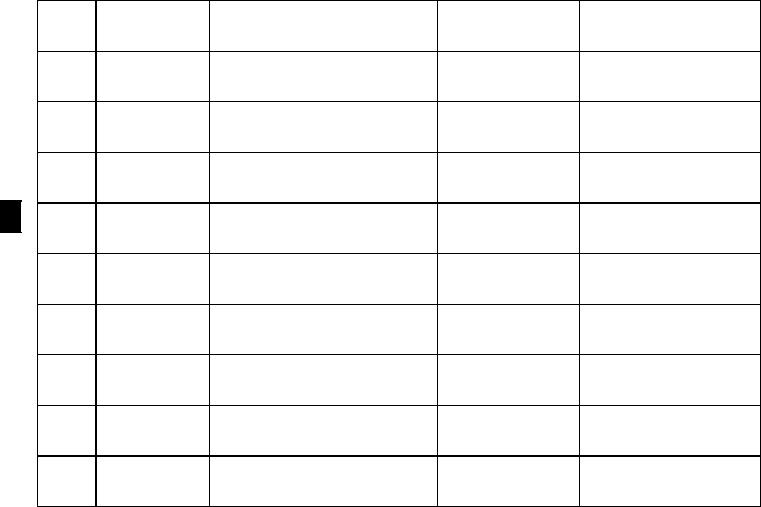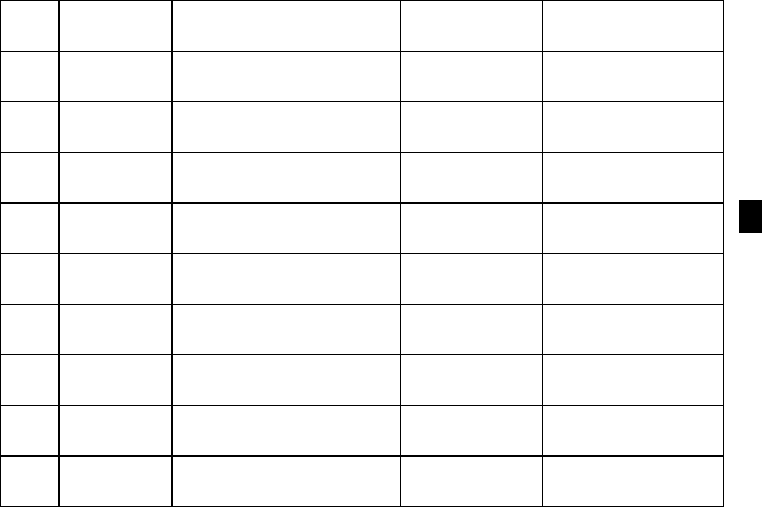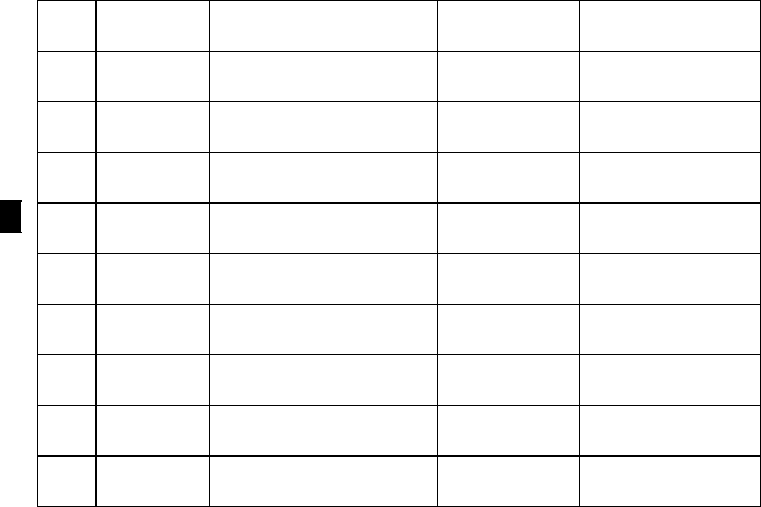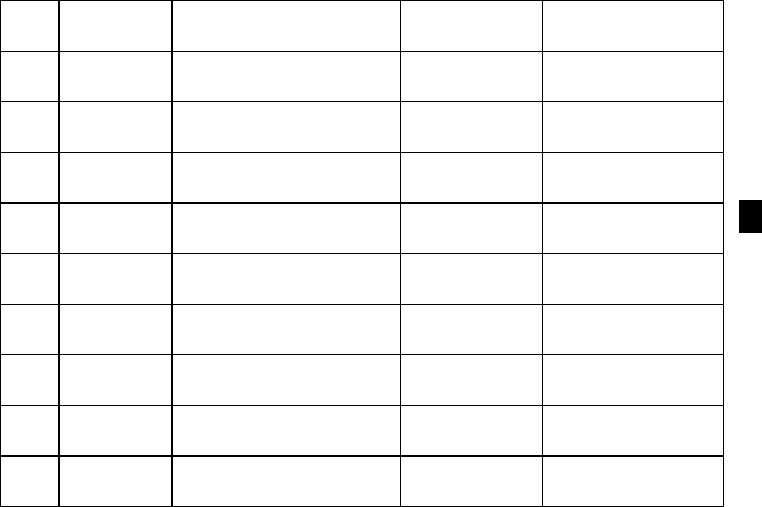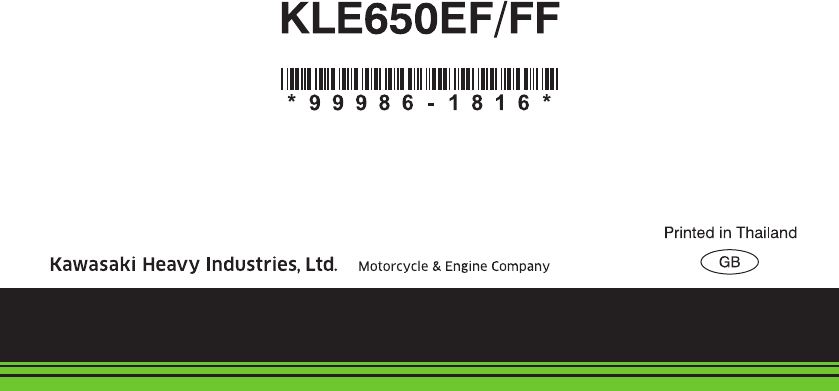-
Hoe speedometer aanpassen van Miles naar kilometers Gesteld op 11-2-2022 om 18:45
Reageer op deze vraag Misbruik melden -
Beste motorrijders. Ik rij een kawasaki 650 versys 2019.
Reageer op deze vraag Misbruik melden
Afgelopen week heb ik een korte kentekenplaat houder gemonteerd + de originele knipperlichten. Nu passen de zijkoffers niet meer. (Knipperlichten zijn te lang) heeft iemand een oplossing. Grt Hans Gesteld op 2-8-2020 om 11:13 -
Hoe verwijder ik de zijkappen van mijn versys 650 uit 2018 ik wil graag een radiator beschermer plaatsen maar kan niet bij het
Reageer op deze vraag Misbruik melden
Gesteld op 3-11-2018 om 16:15-
Hallo, heb je al reacties. Ik zit met zelfde probleem. Wil handvatverwarming en kettingsmeersysteem installeren Geantwoord op 4-1-2019 om 16:48
Waardeer dit antwoord (10) Misbruik melden
-
-
Hallo ik heb ook een radiator beschermer geplaatst maar daarvoor hoefde ik de zijkappen niet te verwijderen goed gereedschap is het halve werk Geantwoord op 11-11-2020 om 12:01
Waardeer dit antwoord (1) Misbruik melden -
Heb hem ook geplaats zonder de kappen te verwijderen Geantwoord op 5-11-2023 om 13:15
Waardeer dit antwoord (1) Misbruik melden



































































































































